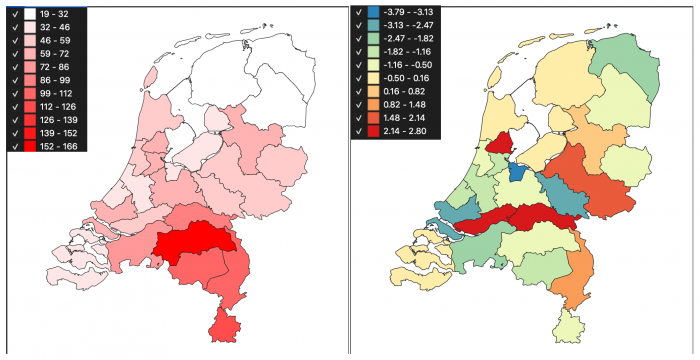Flattening the curve, III
Javier just reports that RIVM has changed course on data provision and no longer publishes #infected per municipality per day. That is not such a big surprise, because these data were heavily biased anyways, due to shortage of tests.
They have now set up a plethora of web pages together, a.o., with CBS but so far these pages do not publish (much) data, and very little georeferenced data indeed. What is now presented on a similar page is the #admitted2hospital per municipality per day. At present I do not know whether that is corona-patients or all patients. And I can only guess that a patient counts for the municipality of her/his residence.
We will see whether we will start collecting these numbers now also.
stay tuned therefore,
Rolf





